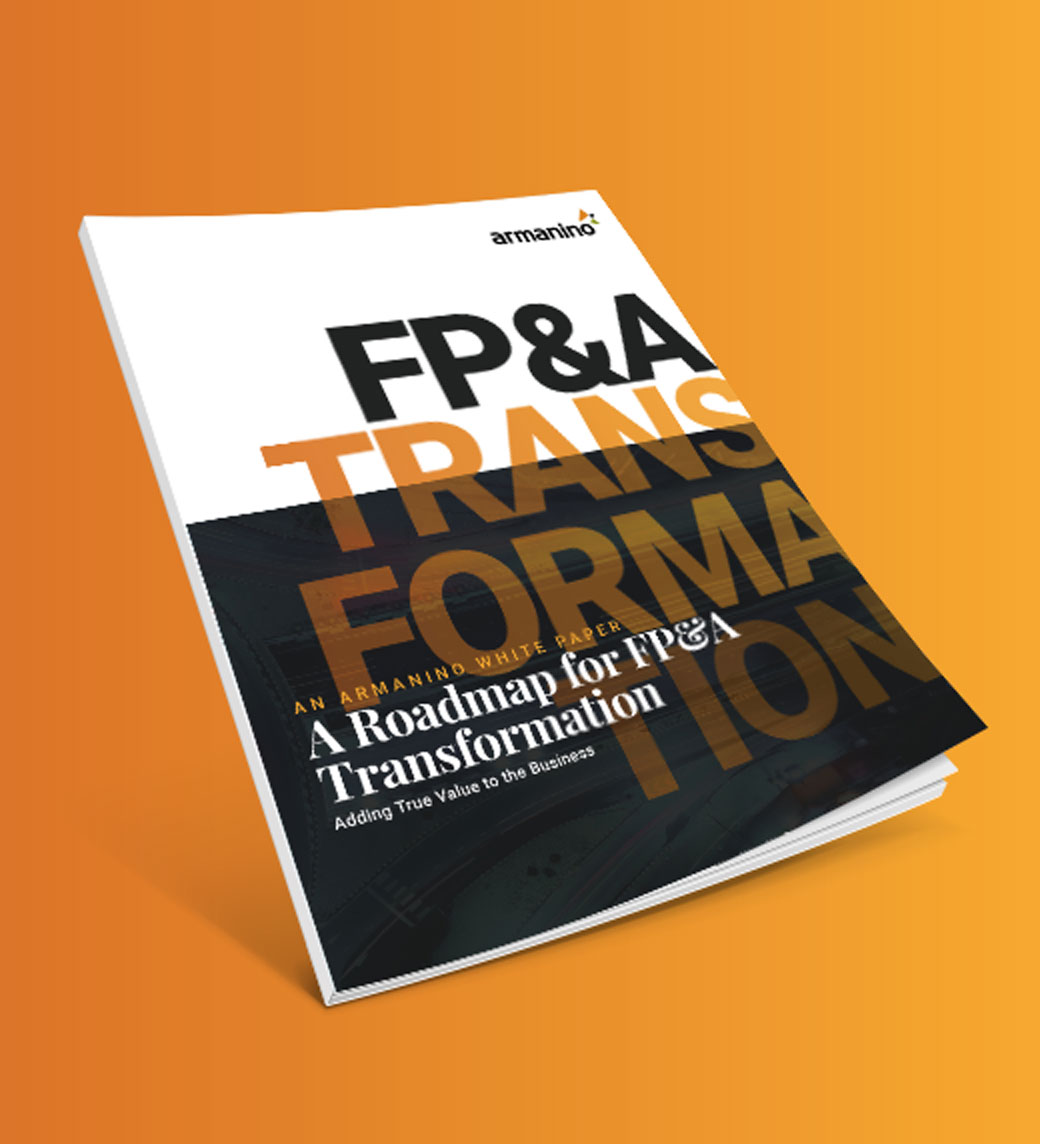
Any organization will be much better equipped to overcome inevitable business obstacles and achieve its full growth potential when the finance team is a strategic leader in financial planning and analysis (FP&A). But how do you evolve your FP&A function to allow finance to be a strategic asset that facilitates a competitive advantage and not simply a score keeper for last month’s results?
It helps to think of your FP&A function’s progress in four stages. Every company falls somewhere on the chart shown. Here are the characteristics of each stage and the steps needed to move to the next one so you can position your finance team to become a strategic partner to your whole organization.

At the basic stage, companies have only a few people managing their FP&A functions and operate entirely in spreadsheets. They focus on an annual plan because they lack the tools, the time and the resources to go any further. Reporting is typically done monthly and is just a summation of the prior month’s results — also all conducted in spreadsheets.
This provides some general information on results compared to the plan, but it doesn’t offer much future insight. Beyond its strategic limitations, this spreadsheet-based reporting and planning is also time consuming and error prone.
If your organization is at this level and experiencing strong growth, it’s time to start thinking about an entry-level FP&A solution that can support your growth and help you progress to the next stage.
In this stage, companies can forecast more frequently if they’ve moved on from spreadsheets with a basic FP&A tool. An entry-level solution should have the capability to enable reforecasting. Organizations here tend to have a small, self-contained FP&A team, but they now create more in-depth planning models such as a revenue, workforce or operating expense models. Generally, the focus is on the three main financial statements (income statement, balance sheet and indirect cash flow), with an emphasis on the income statement.
An important consideration is that your FP&A solution should allow for an automated integration of general ledger data into the planning solution. Your FP&A team will be thankful, as this reduces time spent on monthly reporting and enables the creation of more reports. With more timely and robust reporting, leadership involvement in the planning process can increase and your company can begin to enter the next phase.
At this point, organizations should implement an advanced corporate performance management (CPM) solution. A CPM should automatically be updated from key data sources like your ERP, CRM and HRIS systems, giving the finance team access to real-time data for reporting and analysis. They can also develop what-if scenarios more efficiently, enabling the engagement of more business leaders in the planning process.
Finance staff skill development is critical at all stages, but in the advanced phase, proficiency at data analysis is especially important. CPM solutions are only as good as the people who operate them, and the finance team is at the crux of transforming data into actionable insights. Without their ability to guide your business leaders through the minutiae of your company’s data, organization-wide improvements can’t be realized.
The end goal, the strategic phase is where the finance team has maximum impact on the business. The proper implementation of the CPM solution and engagement of the team allow for monthly planning and what-if scenario analysis and provide key CFO decision support. In this phase, finance becomes a strategic partner to the business leaders, providing insight and necessary guidance for joint success.
Collaboration and data transparency between finance and all stakeholders is the biggest jump between the advanced and strategic stages. The finance team no longer provides reactive analysis but looks ahead and evaluates the potential impact of strategic initiatives. Future planning can now expand out multiple years and include scenarios to evaluate potential acquisitions and product and workforce additions.
Some businesses decide that their FP&A processes don’t need to reach the strategic stage to accomplish their ultimate business goals. But major disruptive events are often unpredictable, like the COVID pandemic, leaving unprepared organizations spinning their wheels and doing damage control. At that point, they realize these challenges could’ve been mitigated with real-time data, efficient reporting and scenario planning.
If your company wants to be ready for disruption and realize its full potential, the finance team must be a strategic asset that enables other departments to function in the same way and can align the entire organization behind a singular vision of the best path forward.
If you have questions or want to learn more about how to strengthen your FP&A function contact our dedicated FP&A team.


